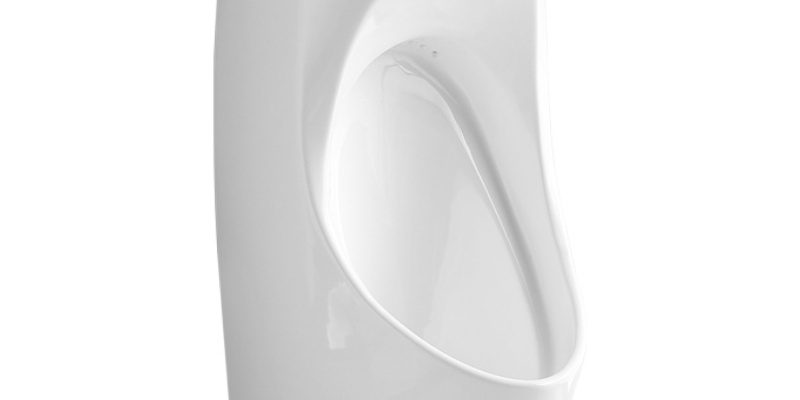As water conservation becomes increasingly important, urinals play a significant role in sustainable restroom design. In this article, we explore how urinals contribute to water resource management:
1. Water-Saving Technology:
- Urinals are available with water-saving features like low-flow flush mechanisms and dual-flush options, significantly reducing water consumption per flush.
2. Dual-Flush Urinals:
- Dual-flush urinals allow users to choose between a full flush for solid waste and a reduced flush for liquid waste, optimizing water use.
3. Sensor Activation:
- Sensor-activated urinals ensure that water is used only when necessary, reducing waste and promoting water efficiency.
4. Waterless Urinals:
- Waterless urinals eliminate the need for water flushing entirely, relying on innovative trap technologies to maintain hygiene and prevent odors.
5. Environmental Certifications:
- Look for urinals with environmental certifications like WaterSense to ensure they meet strict water efficiency standards.
6. Utility Cost Savings:
- Businesses and facilities that invest in water-efficient urinals not only conserve water but also benefit from lower utility costs.
7. Eco-Friendly Materials:
- Sustainable urinals are often constructed using eco-friendly and recyclable materials, aligning with environmental responsibility.
8. Rainwater Harvesting:
- In some cases, urinals can be integrated with rainwater harvesting systems, further reducing dependence on traditional water sources.
9. Sustainability Commitment:
- Choosing water-saving urinals reflects a commitment to environmental sustainability and demonstrates responsible resource management.
Urinals are not only functional fixtures but also essential components of sustainable restroom design, helping to conserve water resources and reduce environmental impact.








